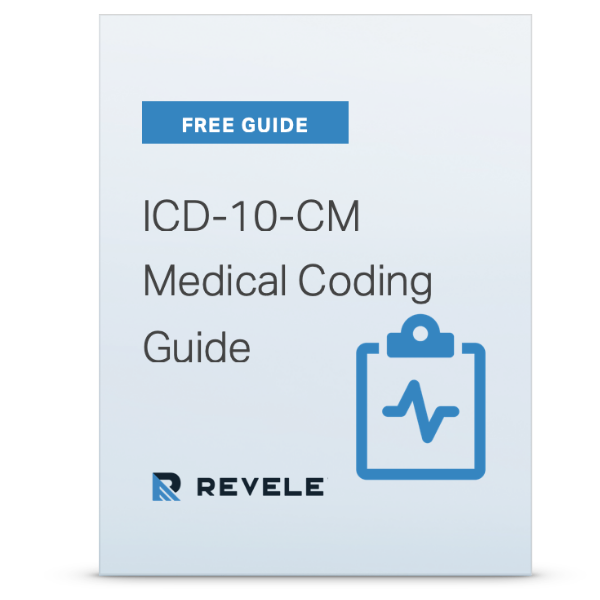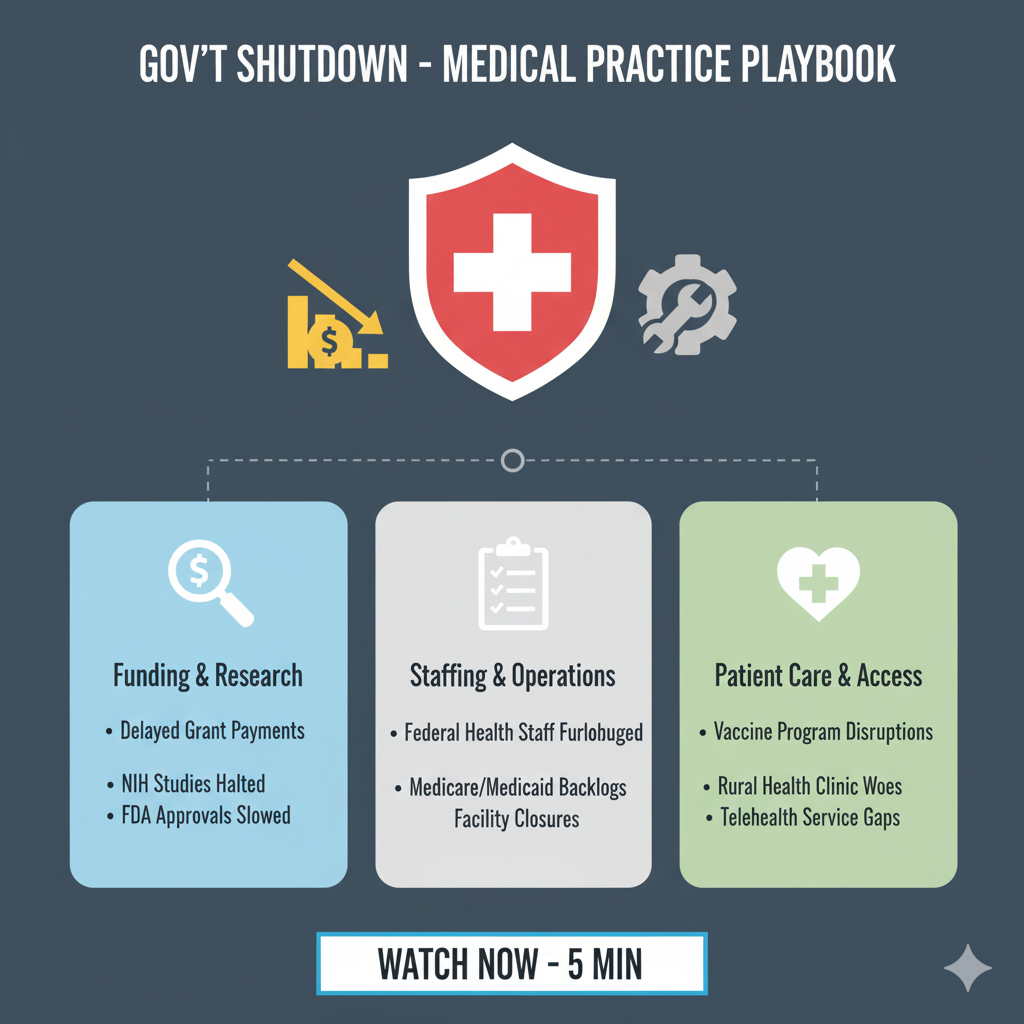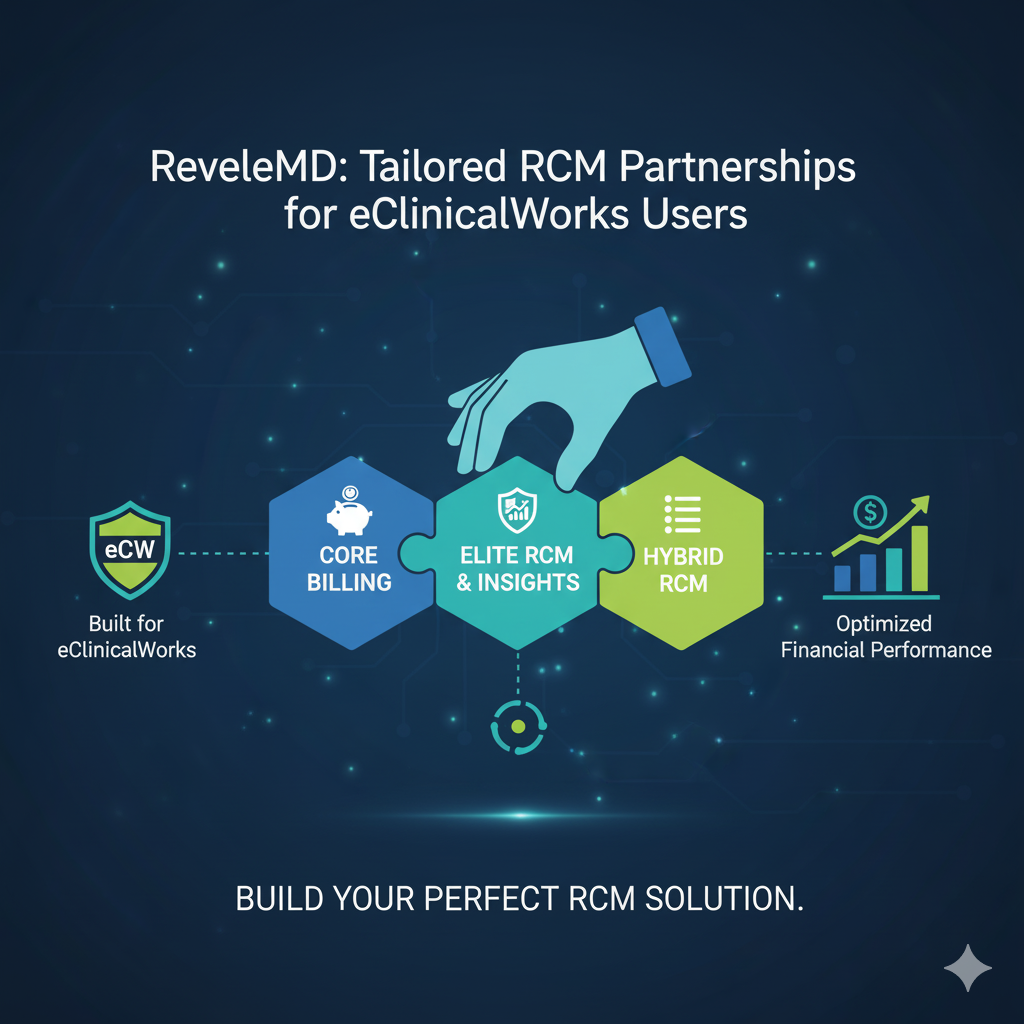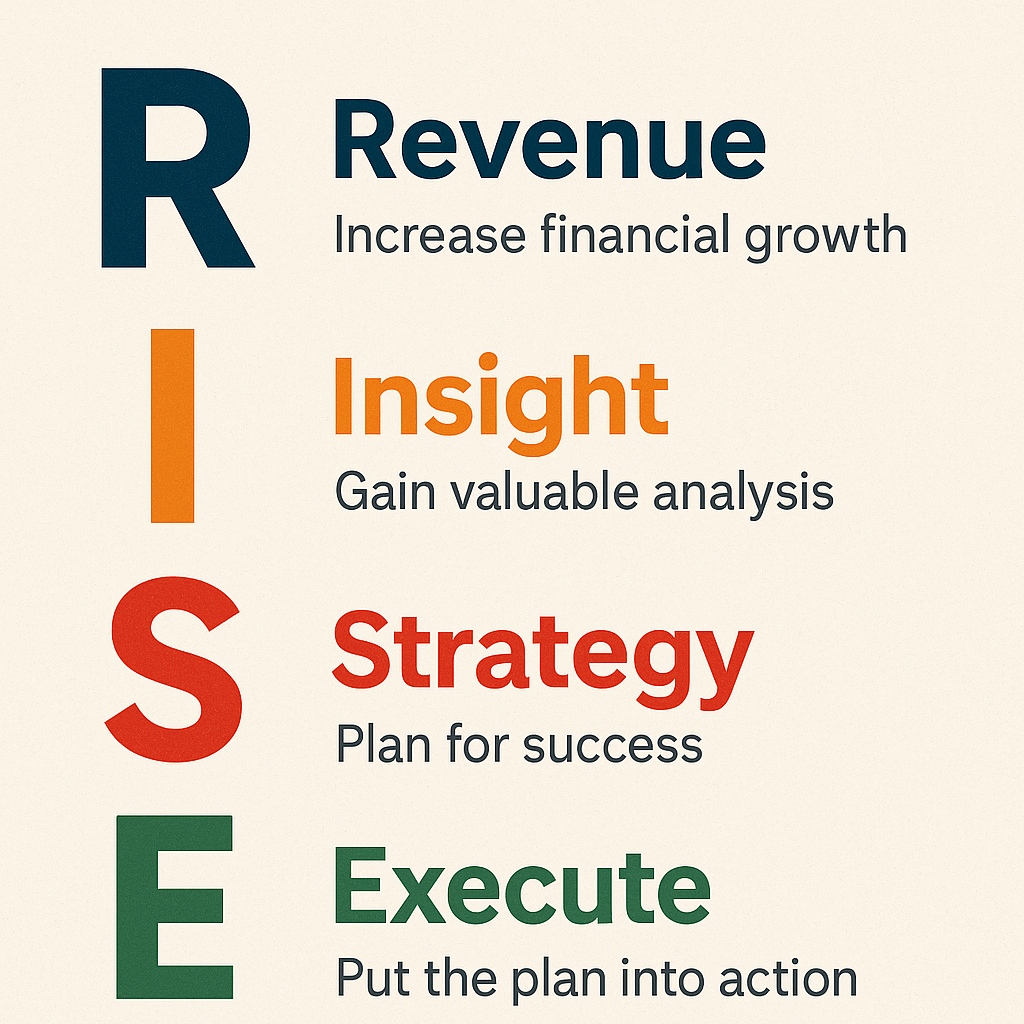
Ever wonder if your practice is above average, average, or maybe better-performing? MGMA’s“Performance and Practice of Successful Medical Groups: 2014 Report Based on 2013 Data” identifies four performance indicators that successful, high-performing practices are using. According to MGMA, “better-performing practices” excel in the following four performance categories:
- Lower Operating Costs
- Patient Satisfaction Surveys
- Faster A/R turnaround
- More advanced practitioners, support staff
These four indicators are based on responses from representatives at 2,518 practices to the MGMA 2014 Cost Survey.
Lower Operating Costs
When it comes to profitability and cost management, better-performing practices excel. According to MGMA, the practices characterized as high performers reported lower total operating costs as a percent of medical revenue than other groups. The survey found that the percentage of revenue that went into total operating costs was an average of 56 percent at better-performing practices, while it was 70 percent at other groups.
How to Lower Operating Costs
Get Social- Find ways to market your practice for free. Having a presence on social media platforms such as Facebook and twitter can not only help you reach a larger audience to increase your number of patients but by posting health tips, you are also helping your existing patients. You can also market your practice for free by setting up a booth at a local health fair or a community event. Doing so will help you reach potential patients.
Consider bundling- Look into bundling for services that your practice is already using. It, billing, consulting, and/or software services typically come bundled at a lower price than what you would pay for each individually. Not only will you save money but your staff would save time by communicating with one single vendor.
Identify problem areas- Where is your practice incurring the most costs or the highest cost? Consider these areas and find out if you can save money. For example, if your top costs is staffing and overtime, find out why. What is the over time being used for? Does your staff need more resources to complete the job quicker or is the staff not qualified to complete the work efficiently and in a timely manner? Depending on the department or area of your practice that is a problem area, outsourcing the service may help lower your operating costs and boost productivity.
Utilize your staff-You might be surprised at the amount of talent hiding under your own roof. For different work like website management, graphic design, or IT assistance with certain projects, your staff can be a valuable resource. Not only will you save on costs and see great results but you are giving your staff members an opportunity to reach new heights.
Patient Satisfaction Surveys
Making patient satisfaction a priority will help your practice perform better. According to MGMA, these surveys included questions to assess appoint availability (52%), overall experience (55%), physician communication style (40%), and recommendation of practice to others (46%). It only makes sense to ask your patients for feedback. By not using patient satisfaction surveys you are choosing to ignore what your patients want and how you can improve your practice. Over a seven-year period, the Picker Institute, working with the American Hospital Association, interviewed 350,000 patients. From this data, the researchers defined eight "Dimensions of Care" - dimensions that when added together constitute a picture of a "good" medical experience:
- Respect for the patients' values, preferences and expressed needs
- Access to care
- Emotional support
- Information and education
- Coordination of care
- Physical comfort
- Involvement of family and friends
- Continuity and transition
Almost 81 percent of better-performing practices identified by MGMA were using patient satisfaction surveys. If you would like to perform better, take into consideration these eight dimensions of care and make it a priority to implement patient satisfaction surveys.
Faster A/R Turnaround
Medical groups that were identified as being better performers excelled in accounts receivable and collections, according to MGMA. MGMA recognized that only 8 percent of their total accounts receivable was in the 120-plus day category.
What is Accounts Receivable?
Accounts receivable (A/R) is a measure of how long it typically takes for a service to be paid by the responsible parties. The calculation features the outstanding money based on the practice’s average daily charge. Therefore, volume is account for and you get the insight into how well your billing department is collecting on accounts. An average performer would typically have A/R 35 to 50 days. If your A/R is greater than 50, your performance would be considered poor.
How to improve your A/R
- Identify where your A/R is high. If total practice A/R is close to 43 but your Medicare claims are around 65 days, you need to investigate your Medicare claims. Make the same days in A/R calculation for each of your major payers so you can analyze the performance of each payer.
- Because of payment plans, patients have an extended amount of time to pay on their accounts. This can cause A/R to rise. Some practices find it helpful to create and designate payment plans as a separate payer so that days in A/R can be calculated with and without this new “payer”.
More Advanced Practitioners, Support Staff
Better performing practices, according to the MGMA, excelled at productivity, capacity, and staffing. They implemented operational efficiencies to optimize provider productivity, such as:
- Employing advanced practitioners
- Employing more clinical support staff per physician (6.33 support staff versus 4.31 support staff in other groups)








